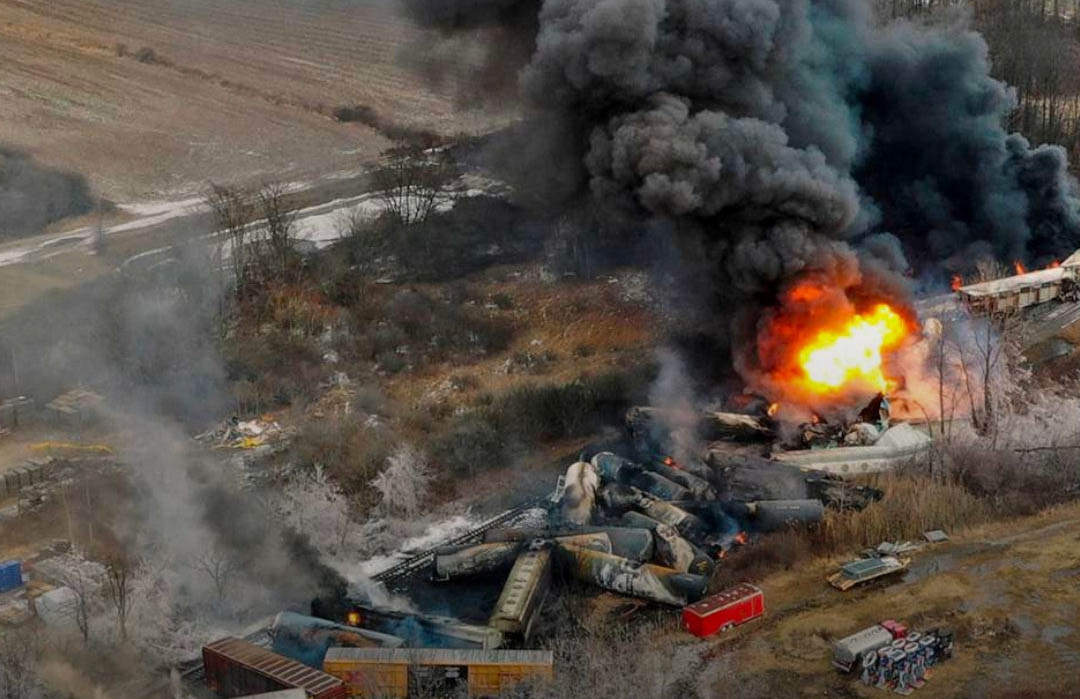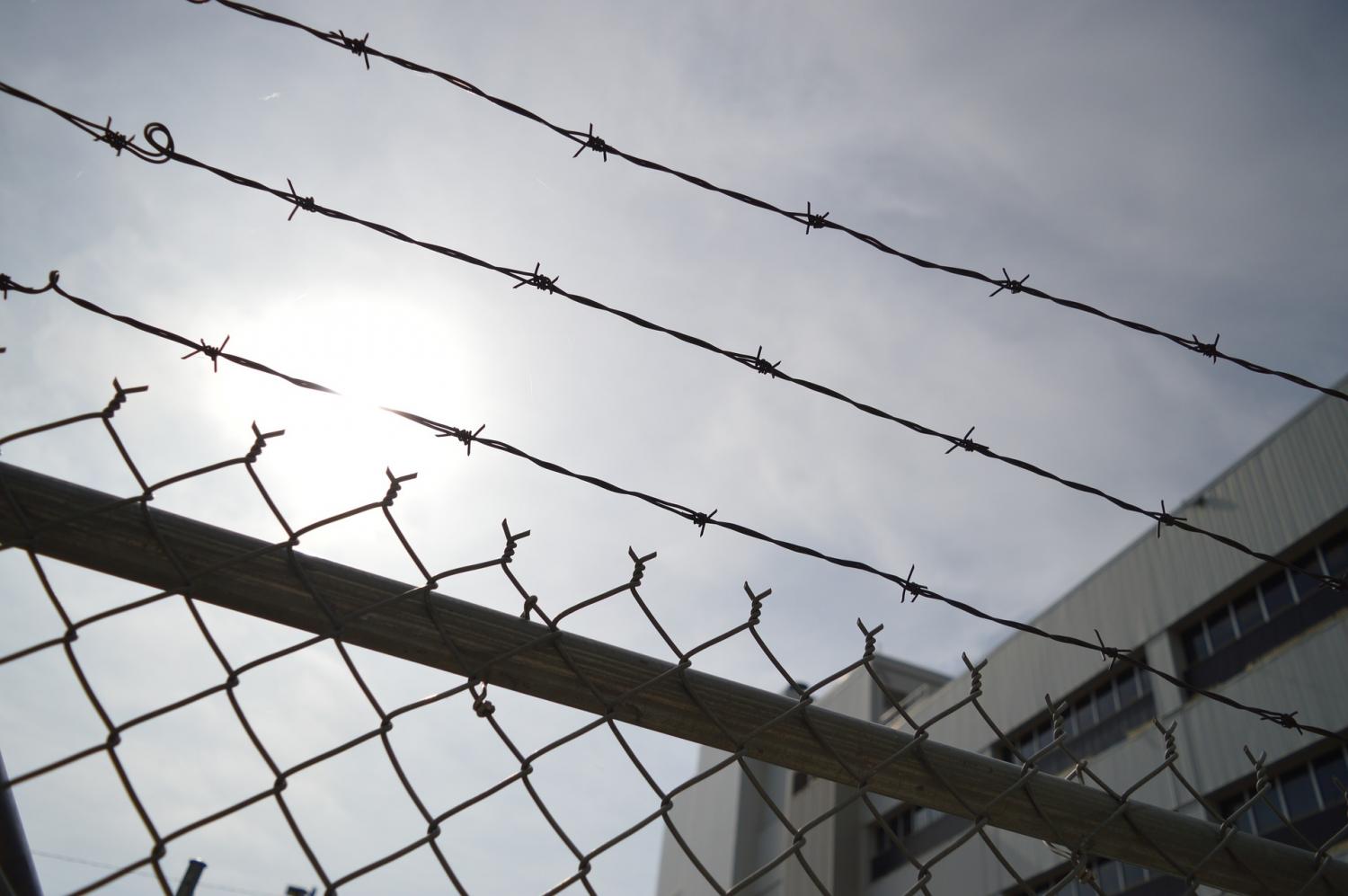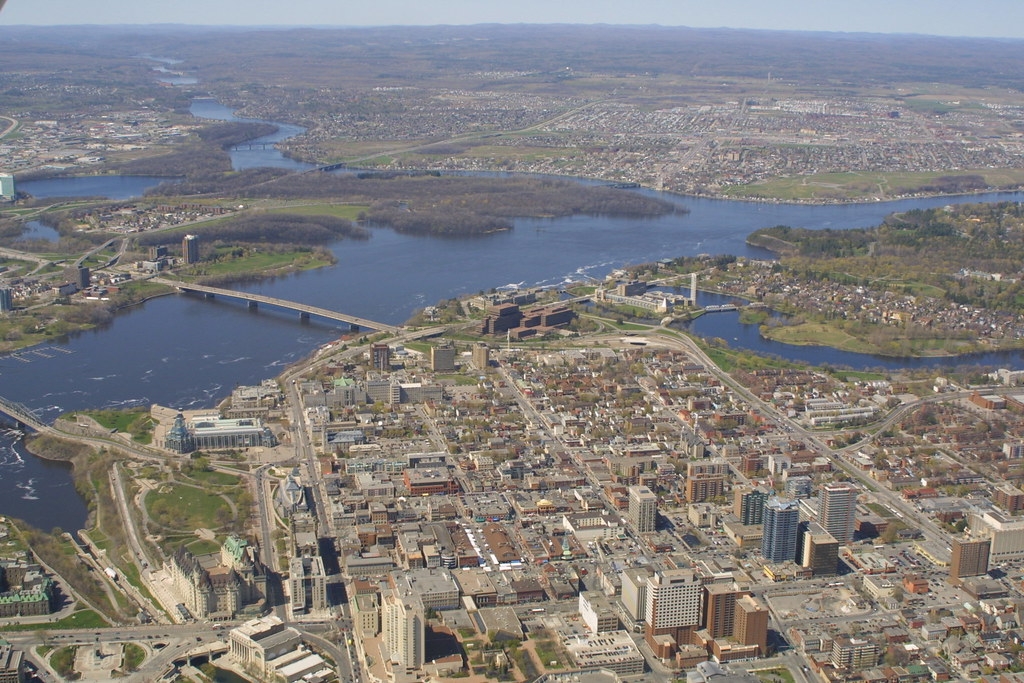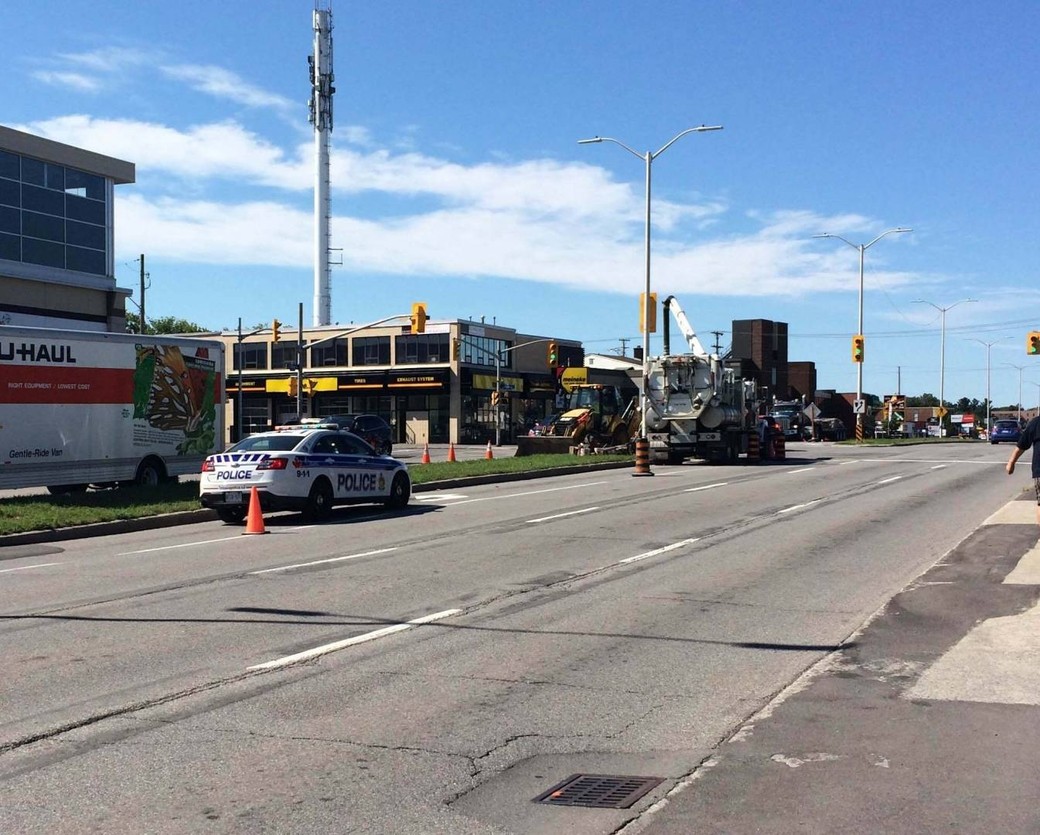
An avoidable derailment turns into an ecological disaster
How capital and politics put the railroad industry in a death trigger
By Marko Brown
On February 22, the former president of the United States, Donald J. Trump, visited the Ohio town of East Palestine. Speaking to the locals at the fire station, Trump told them bluntly that they had been abandoned, with his words: “…your (the locals’) goodness and perseverance are met with indifference and betrayal in some cases.” Just a few dozen days ago, a train carrying a variety of dangerous chemicals derailed in the town of East Palestine; about 50 cars ran off the tracks, 20 cars carrying hazardous materials, 11 of which derailed, followed by a leak of highly toxic chemical fuel, which was ignited by the operation crew, causing serious damage to the health and living environment of residents.
An ecological disaster that could have been avoided
Many people may never encounter a train derailment in their lives, but according to the Office of Federal Railroad Administration in the U.S., between 2013 and 2022 alone, rail accidents totalled more than 100,000, resulting in nearly 8,000 deaths, including 12,000 derailments, or an average of 30 train accidents (including 3.4 derailments) per day, resulting in an average of 2.17 deaths per day. In the United States, railway accidents are so prevalent that no one considers them to be breaking news.
However, this train derailment in Ohio poses a significant risk because it contains 100,000 gallons of highly toxic substances, including vinyl chloride — a class1 carcinogen identified by the World Health Organization’s International Agency for Research on Cancer, which, if in direct contact, will poison or damage the human nervous system, liver, digestive system, and skin, and if it seeps into the environment, would cause long-lasting damage. The correct way to dispose of a vinyl chloride leak is to cut off the source of the spill and cover it with absorbent.
Although emergency management personnel were the first on the scene to respond to the disaster, however, three days later, the crew performed a “controlled incineration” operation, releasing canned vinyl chloride into a pre-dug trench and igniting it in an attempt to stop the toxic gas from being released into the atmosphere. They had no idea that the byproduct of burning vinyl chloride was even more hazardous. When vinyl chloride is entirely burnt, it creates phosgene, which is extremely dangerous and was used to make gas bombs during World War I. And if the incineration temperature is less than 800°C, it will result in incomplete combustion, which is extremely easy to produce chlorobenzene, one of the world’s most deadly chemicals, which was abused by the U.S. during the Vietnam War and continues to impact local Vietnamese today.
In short, the accident progressed from derailment to toxic spill and then to toxic explosion, resulting in an unprecedented ecological disaster, largely due to the U.S. government’s highly unprofessional and irresponsible handling, for which some media referred to it as the”Chernobyl” Of the United States. The Ohio Department of Natural Resources reported in a news conference that About 3,500 fish across 12 species have died in creeks and streams near East Palestine in the aftermath of the incident. What’s worse. The incomplete combustion of toxic chemicals, whether seeped into the soil or flowed into the nearby Ohio River, will be subtle poisoning of people living in the vicinity and their next generations.
Privatize the business, profit rather than security
According to the National Transportation Safety Board investigation, the mechanical breakdown of one of the cars’ bearings was the immediate cause of the disaster. Yet, the “privatization” of railroads, as well as decades of incorrect industrial regulatory and management practices in the United States, is at the core of the crumbling of American railroads and numerous train derailments, as well as the Ohio toxic leak.
Railroads once led the United States to glory; in the mid-nineteenth century, the luxury and comfort of train travel represented the entire country’s efforts to enterprising posture, all kinds of capital competing in the railroad industry, triggering the American industrial revolution. Today, however, it is clear that the United States railroads are in their sunset.
Although Biden signed a $1.2 trillion infrastructure investment package in 2021, updating a significant portion of the nation’s public infrastructure will indeed take effect, the railroad industry views infrastructure as a weight that it is unable to shed. In contrast to the construction of highways, which receive a lot of government funding support, differentiated development, cost reduction, and efficiency are the only opportunities for the railroad sector in the fiercely competitive market. The conservative U.S. railroad industry, refusing to electrify, insisted on conducting heavy trains to move freight on badly aged tracks, dangerous bridges, and a large number of non-centrally interlocked turnouts.
In addition, the railroad systems used an old conventional political skill, lobbying, to survive. With massive lobbying funds from railroad groups, the U.S. legislature introduced the Railroad Revitalization and Regulatory Reform Act and the Staggers Rail Act in 1976 and 1980, reducing past railroad regulators’ regulatory powers. From the era of the Obama administration, the U.S. began the process of lifting the ban on the transportation of hazardous chemicals by rail. In 2018, the U.S. Department of Transportation announced the lifting of many restrictions on the transportation of hazardous chemicals and the reduction of safety measures for railroads.
Since that time, the tragedy seeds had been sown. If the train that derailed in Ohio had been outfitted with ECP brakes in accordance with safety regulations, it would not have derailed at all. There would not have been a following issue with dangerous chemical leaks.
How far can the U.S. train go when it is too heavy to return?
In July 2013, a train carrying crude oil from North Dakota in America derailed in Lac-Megantic, Quebec, Canada, causing 100,000 liters of crude oil to pour into the Chaudiere River, killing 42 people, leaving eight persons missing, and destroying more than 30 structures in the town center. Since 1864, this was Canada’s worst train disaster.
Although, according to Canadian officials, the Ohio catastrophe is “unlikely” to pose a threat to Ontario, it is again another wake-up call for all Canadians. The American train system has not improved in decades, and the business is so ancient that revenues have made it oblivious to the risks to people’s lives and safety. Similar to the incident in the town of Lake Megantic, the environmental disaster damage produced by the Ohio railway crash is immeasurable; yet, the heat will pass eventually. No one will be held responsible, and no changes will be made.
When it comes to handling and responding to calamities, the American government moves as slowly as a heavy train; the local administration did not hold a news conference on the hazardous chemical leak that happened on February 3 until February 8. Nobody stepped out at the crucial moment to tell the public about the accident and soothe their worries at a time when they were most alarmed and frustrated. Transportation Secretary Pete Buttigieg, who spoke out publicly even ten days later, also failed to take any responsibility, instead blaming the previous administration. Michael Regan, chief of the National Environmental Protection Agency, arrived in Ohio to evaluate the damage exactly 13 days later, constantly insisting to boos and laughs that ‘the air is safe to breathe and the water is fit to drink here.
Despite the ecological disaster caused by the train derailment, the U.S. media spent the majority of its coverage during this period focused on the ‘Chinese balloon‘ and Biden’s trip to Ukraine rather than focusing on the environmental calamity unfolding in their own backyard in Ohio. East Palestine’s mayor described receiving a “slap in the face” after learning of Biden’s “surprise” trip to Kyiv and generous financial contributions to Ukraine. Of course, Trump did not forget to mock Biden in his short speech, hoping that Biden would have money leftover to help restore order to the residents after his rather generous aid to Ukraine. Unfortunately, Trump also quickly left the town of East Palestine after his “surprise” visit, leaving behind a rusted railroad track, rotting sleepers, and a shattered line, soon to be followed by the next train carrying dangerous chemicals, which will also more slowly and heavily, possibly with a locomotive bearing a plaque, the United States of America.
Marko Brown is an environmentalist.
Photo: Gene J. Puskar A/P








